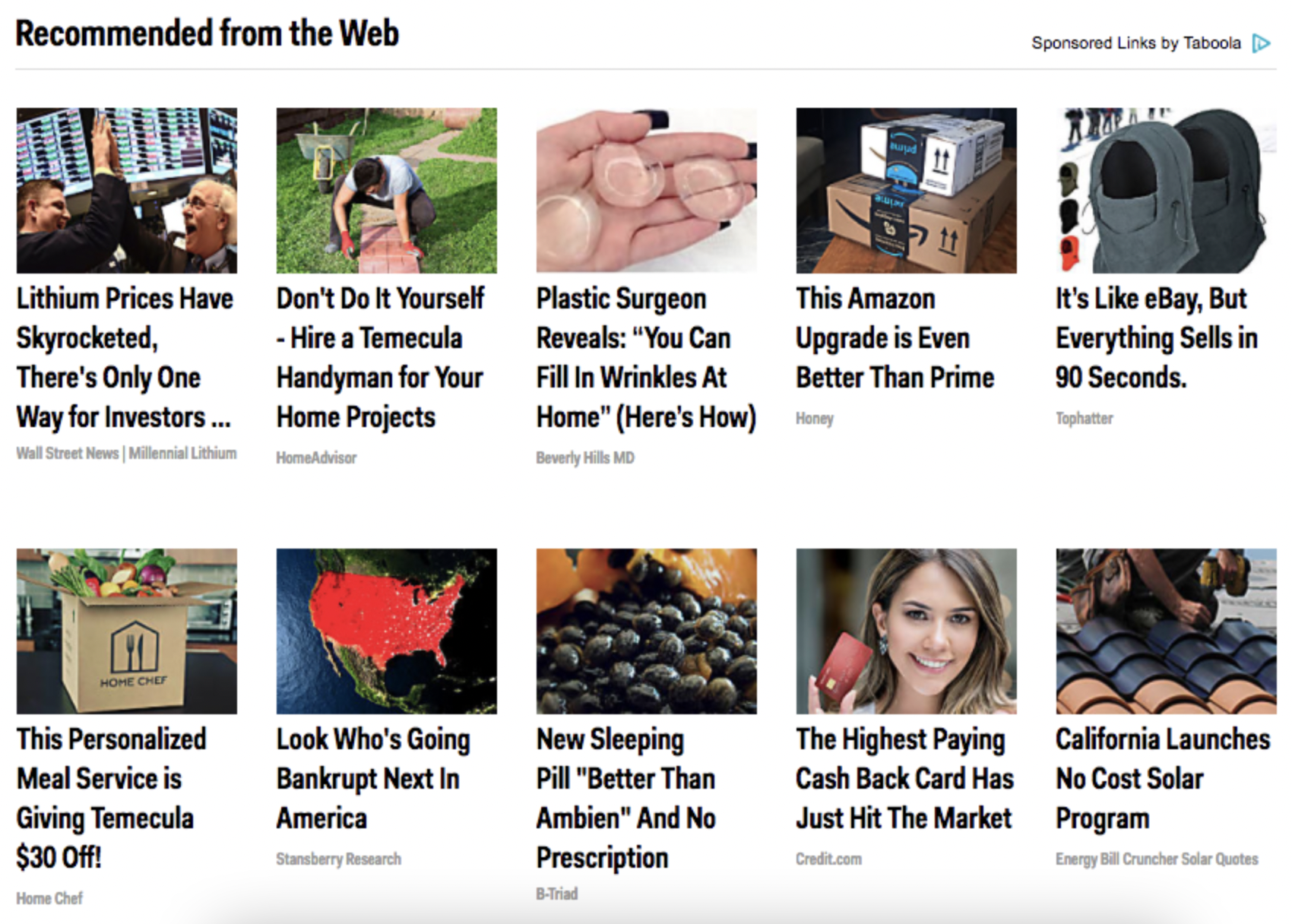Nobody goes on the internet to click on ads.
Of course, there are times when we do click on ads, but as a rule, we don’t actively seek them out.
The problem is that ads are what essentially keep a lot of content on the internet free.
Whether they are banner ads, pop-up ads, pay-per-click, or display ads, they help fund sites like Google, Facebook, news sites, and most other free content sites.
One of the biggest issues that advertisers face is that gaining interest and engagement is getting tougher by the day.
In 2022, the average click-through rate of display ads across all formats and placements is as low as 0.06 percent. When it comes to Google ads, the click-through rate can be as high as 6%. However, advertisers must often bid a high amount to get the top spot.
Of course, content marketers aren’t just going to give up on getting attention online.
Innovation marches forward, and there are always new ways to draw attention and to get consumers to click on ads. Facebook, for example, now has eight different ways to advertise on its platform.
Another interesting way that some content websites boost their revenue with advertisements is through natively placed content that clicks through to other websites.
Known as content discovery platforms, they are an innovative way to draw attention while also funding your site with paid advertisements.
How Content Discovery Platforms Work
Content discovery platforms are an excellent solution for content creators who want more exposure and website owners that want to add another revenue stream.
You’ve probably seen them in action at the end of a news article where you see more pieces that are ‘Recommended for you’.

Content discovery platforms allow advertisers to post content based ads natively on websites.
These recommended articles are the work of a content discovery tool in the form of native advertising.
Content discovery platforms are recommendation widgets that you see at the bottom of publisher and media websites. They provide a short headline and link to the website.
If you are looking for a way to get more views on a particular article or drive more conversions, then content discovery platforms such as Outbrain and Taboola are worth looking at.
They are designed specifically to drive traffic to a website and get new views on your content.
These types of promotional pieces appear on the bottom or to tside of an article you’re currently reading, presented as a story you might also be interested in:
Of course, some of these articles can appear like clickbait at times. However, they have significant value as traffic drivers.
Taboola today boasts an online audience of over 1.5 Billion people and is used by over 20,000 companies worldwide. They have over 516 million daily active viewers on their content.
Native Promotion for your Content
As a rule, ads are for products and services. It is hard to get a person to click on advertisements just to read an article or watch a video.
However, with discovery platforms, you are meeting people at a place when they are already consuming content. These ads are known as native advertisements, as they fit in with the theme of the rest of the content on the page. They are a more natural ‘next step’ for viewers who are already on the page.
Native advertisements are particularly effective in getting new eyes to your content and expanding your reach to new leads and prospects.
One important note: even though native advertising requires content to push viewers to, it’s not considered to be the same as organic content marketing.
Native advertising is a pay-to-play approach, whereas content marketing focuses on growing organic reach through search engines and backlinks from other blogs.
In addition, native ads don’t look or feel like regular ads, and they don’t disrupt the user’s experience like a pop-up ad might do.
As content marketing becomes a more popular way to earn more trust and interest from your customers, content discovery platforms provide a perfect solution to conventional ads.
They offer a better ad experience for users and can drive traffic to specific pages on a website. Content discovery platforms give marketers control over their messaging, presentation, and delivery of the content.

